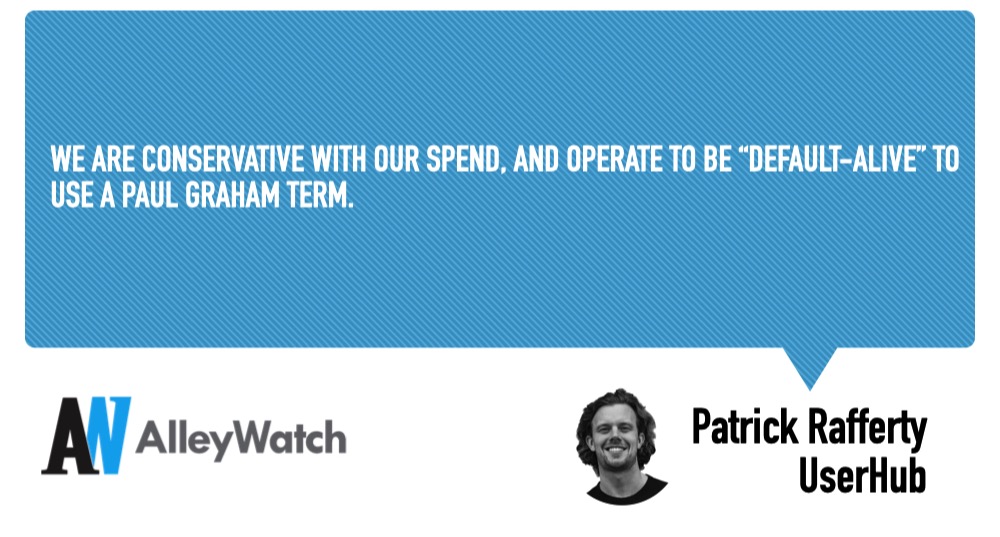In the world of SaaS, there are typically two billing structures, seat-based subscriptions or session-based subscriptions. To complicate things, organizations may start with a single seat and grow to thousands of seats while requiring different types of authorizations for different users. For SaaS companies, offering the capabilities to service this type of demand can detract from building their core offering. UserHub is a user-based infrastructure platform that handles all aspects of the full account lifecycle including users, subscriptions, and pricing for SaaS companies. Applications can add self-service modules in minutes to handle a robust set of functions including user management, invitations, seat management, checkout, invoices, plan management, billing portals, and license settings. UserHub is available as a hosted solution or can be integrated directly into a company’s stack using an API. The platform also offers pre-built connectivity to popular authorization and billing platforms including Auth0, Google Cloud Identity, Stripe, and Firebase.
AlleyWatch caught up with UserHub CEO and Cofounder Patrick Rafferty to learn more about the business, the company’s strategic plans, recent round of funding, and much, much more…
Who were your investors and how much did you raise?
We have secured $3.2M in pre-seed funding. The investment is led by Berlin-based venture capital company 468 Capital. Other notable investors include Plaid founder Zach Perret’s Mischief Capital, Tokyo Black, GTMfund, Lorimer Ventures, Nomad Cap, and Alumni Ventures.
Tell us about the product or service that UserHub offers.
Our platform allows SaaS vendors to manage the full account lifecycle – users, subscriptions, and pricing – in one place.
While Stripe Billing and Auth0 address elements of the customer lifecycle, UserHub is designed to provide startups with all the features necessary to “Land and Expand” their customer base. UserHub is designed for application-layer SaaS, whose customers might progress from an entry-level tier with a single-seat account to an enterprise tier with thousands of seats.
What inspired the start of UserHub?
Silas and I founded UserHub after becoming frustrated with the state of existing user management and billing products while working at Reonomy, a commercial real estate AI-powered SaaS product.
I was VP of Product and Engineering, and Silas was Principal Engineer. Even with a team of 60 engineers, I saw how underdeveloped our user management and billing features were in comparison to the leading SaaS products I used every day.
Silas developed authorization and subscription billing systems at several SaaS companies. He realized customer identity and billing would have to be reimagined in a singular platform.
How is UserHub different?
Category-leading SaaS products – such as Slack, Hubspot, and GitHub – spend millions building user management, pricing, and billing systems so they can monetize the value they create. But the majority of SaaS companies, especially startups, lack the resources to invest in this area, rightly choosing to focus on their core offering. As a result, many SaaS vendors miss opportunities to serve all customer segments in their market and lose out on expansion revenue from their biggest customers.
To level the playing field, the UserHub platform includes embeddable self-service interfaces designed to be a natural extension of a SaaS vendor’s core product, so end-customers can easily add team members, upgrade plans, and manage licenses and credits.
A new class of Usage Based Billing startups has emerged, such as M3ter, Metronome, and Orb. However, these products focus on a subsegment of SaaS providers: infrastructure & middleware, which are software-to-machine (e.g., the end-user of these products is other software).
UserHub is focused on application-layer products where end-users are humans. These products tend to have to be user-heavy and are used “wall-to-wall” across organizations.
What market does UserHub target and how big is it?
UserHub’s initial target market is SaaS vendors. The SaaS market includes over 30,000 vendors with a combined revenue of $282 billion. It is expected to reach $375 billion by 2028.
What’s your business model?
We charge our customers based on two dimensions: i) number of paid end-users under management, and ii) number of seats their employees need for our back-office admin console.
How are you preparing for a potential economic slowdown?
We are conservative with our spend, and operate to be “default-alive” to use a Paul Graham term.

What was the funding process like?
Luckily, I have known a few investors from my last company, and was able to use those relationships.
What are the biggest challenges that you faced while raising capital?
Discussing GTM – we are two product-oriented founders.
What factors about your business led your investors to write the check?
We have a unique angle on two big markets: subscription management and customer identity (e.g., user management).
What are the milestones you plan to achieve in the next six months?
Expand our product capabilities to support larger companies beyond early-stage startups.
What advice can you offer companies in New York that do not have a fresh injection of capital in the bank?
For early-stage startups running low on cash, I would make sure every hire is filling a critical need. Talent markets have re-calibrated since 2021, and you can hire great people and fair rates of compensation.
Where do you see the company going now over the near term?
We need to build features to support countries outside North America – including language and currency support. Additionally, we will continue to expand our breadth of integrations – which are critical, given the centrality of user record and billing data.
What’s your favorite restaurant in the city?
I like Hardings on 21st street in Flatiron. It feels like a place that’s home to New York startups.





